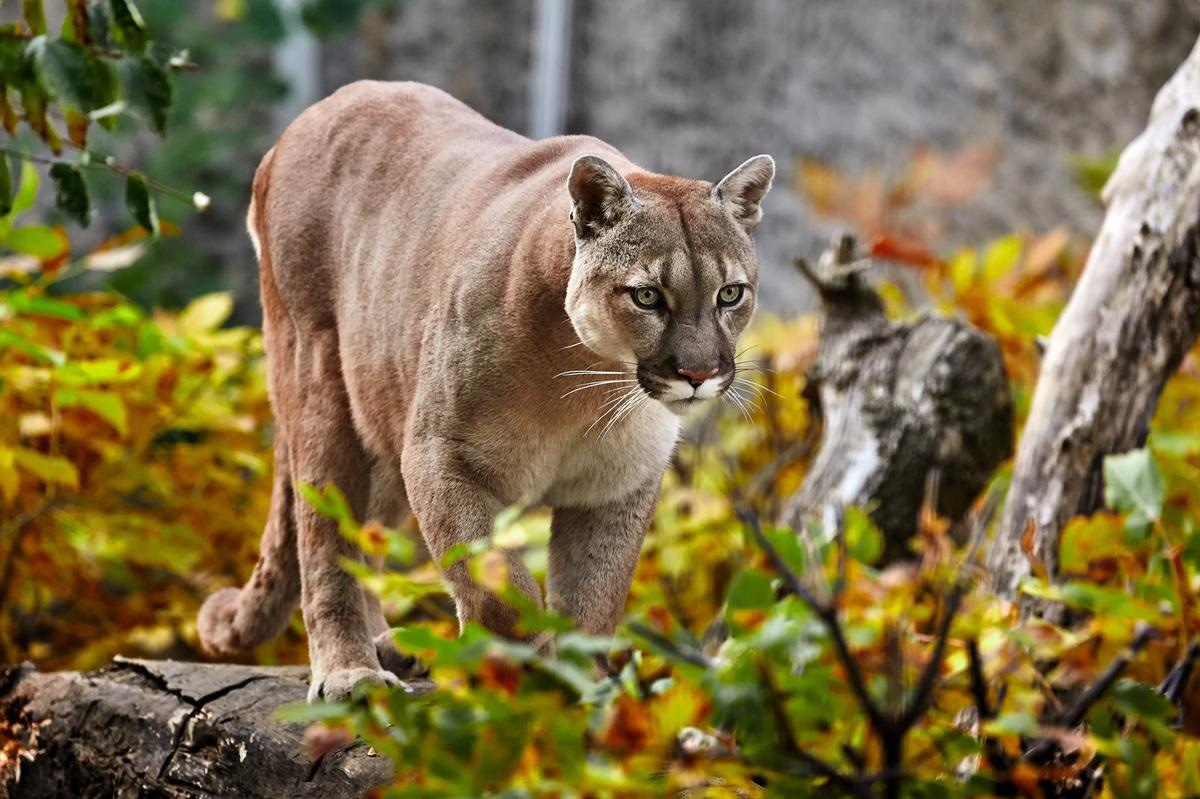Severe acute respiratory syndrome-related coronavirus 2 (SARS-CoV-2) has been causing coronavirus disease (COVID-19), a pandemic that has been ruling our lives ever since early 2020.
The virus is a member of the coronavirus family, seven out of which (NL63, 229E, HKU1, OC43, SARS, MERS and SARS-CoV-2) are known to infect humans and all of these are believed to have a zoonotic origin.
 Study: SARS-CoV-2 Reverse Zoonoses to Pumas and Lions, South Africa. Image Credit: Evgeniyqw/Shutterstock
Study: SARS-CoV-2 Reverse Zoonoses to Pumas and Lions, South Africa. Image Credit: Evgeniyqw/Shutterstock
Incidentally, the sequence of SARS-CoV-2 has a remarkable similarity to a virus isolated from Rhinolophus affinis bats, RaTG13. This led to the belief that SARS-CoV-2 either descended directly from bats or evolved in an intermediate animal reservoir host that is yet to be proved, before being transmitted to humans. Either way, a possibility of zoonotic spill-over in between species demands an investigation of the transmission dynamics of SARS-CoV-2 in animals not only to identify susceptible hosts, but also define the risk for reverse zoonoses from humans and subsequent evolution.
Animal susceptibility surveillance is also important considering past evidence of reverse zoonotic events in domestic species including cats and dogs, as well as captive wildlife populations like those among mink, lions, tigers, snow leopards, otter, gorillas, and white-tailed deer, to name a few.
Considering the fact that South Africa has had three waves of the COVID-19 pandemic, it also recently reported the latest Omicron variant of the SARS-CoV-2, and the lucrative wildlife industry with many exotic species kept in zoos for tourism, it made sense to study the possibility of reverse zoonoses in the country.
Researchers recently described a study in Viruses*, an instance of natural infection of SARS-CoV-2 in a puma during the first wave and three lions during the third wave in a private zoo in South Africa in at least three transmission events from their handlers.
Study details
During the first wave of the COVID-19 pandemic, in July 2020, two pumas (LPZ0017 and LPZ0018) in a single enclosure in a private zoo showed signs of anorexia, diarrhoea, and nasal discharges. Out of these, LPZ0018 also developed ocular discharge and a dry cough, which lasted 13 days. As for LPZ0017 puma, it presented with mild clinical signs. Both pumas made a full recovery after 23 days.
During the second wave of the pandemic, in June 2021, three lions (ZRU125/21, ZRU127/21 and ZRU128/21), all born in captivity and raised in a zoo exhibited respiratory symptoms. Out of the three lions, ZRU127/21 and ZRU128/21 were kept in one enclosure and ZRU125/21 in a separate one. The main clinical signs in these lions were predominantly upper respiratory with nasal and ocular discharge and a dry cough for up to 14 to 15 days. All three lions made a full recovery within 15 to 25 days.
Nasal swabs from the infected pumas and lions were analyzed using RT-PCR and later sequenced. Later, an investigation of the source of infection among the lions was conducted on twelve members of the zoo staff who had either been in direct or indirect contact with the lions through a series of interviews and collection of respiratory samples following informed consent.
Both RT-PCR (on nasopharyngeal and oropharyngeal swabs) and ELISA (on serum) testing were carried out. One staff member with direct contact (ZRUCWL005) and one with indirect contact (ZRUCWL012) tested PCR positive for SARS-CoV-2 on 25–26 June 2021 (approximately 2 weeks after the lions fell sick and while all three lions were PCR positive). These two staff members and three more staff members (a total of five staff members) also tested positive for anti-Spike IgG antibodies. None of the staff interviewed reported any recent symptoms of COVID-19.
Follow-up samples were collected from the two PCR positive members of the zoo staff, 17 days following the first round of RT-PCR test. Both follow-up samples were still positive by PCR with Ct values of 33.30 (ZRUCWL005) and 35.95 (ZRUCWL012). These data suggested circulating SARS-CoV-2 among the staff members during the time the lions got sick and further highlighted that staff members with direct contact with the lions were likely responsible for transmission.
In order to determine if the same strain of the virus got transmitted between the staff and lions and to investigate the route of transmission, genome sequencing was conducted on both humans and the three lions. The study team obtained full-length sequences (92.3–98.4%) for all five samples with gaps in the Spike gene. All five sequences had between 99.93 and 100% nucleotide identity. Further, NextClade analysis as well as multiple sequence alignment (MSA) of the Spike glycoproteins revealed that each of the infections was a Delta variant (B.1.617.1) of SARS-CoV-2.
All the animals tested were neutral to antibiotic treatment but made uneventful recoveries following treatment with anti-inflammatory drugs and supportive care. These cases of mild infection were similar to 32 more confirmed positive cases among large felidae housed in zoological collections from April 2020 to August 2021.
Implication
This study highlights an important aspect of spread of the virus - reverse zoonoses, from asymptomatic animal handlers to a bunch of felines in the South African zoos. Transmission of the Delta variant to these animals may also potentially result in more severe disease.
Prolonged shedding may spread the virus to animals in close proximity. Learning about reverse zoonoses will not only help in increasing precautionary measures for animal handlers and staff members who are in close proximity to animals, but also help in planning and implementing adequate preventive measures for a wider population of animals.